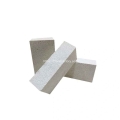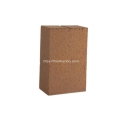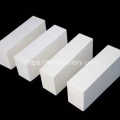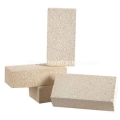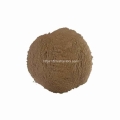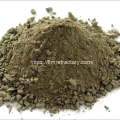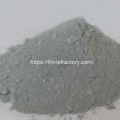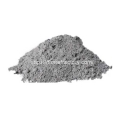- Performance. Innovation. Worldwide. Your trustworthy Refractories Manufacturing Partner--Fireramo
- +86 175 3769 7777
Contact
Contact us on WhatsApp
High Quality Refractory Bricks
Insulation Bricks for Sale
Monolithic Refractory
Silicon Brick is a high quality refractory material which has excellent high temperature performance. Fireramo has compiled the most comprehensive guide for you to understand Silicon Brick, it includes definition of Silicon Brick, types of Silicon Brick, uses, advantages and so on. We are confident that you will have a clear understanding of silica bricks after reading this chapter.
What is a silica brick?
Silica brick is a siliceous refractory material composed mainly of squamous quartz, argillaceous quartz, and a small amount of residual quartz and glass phases. Silica refractory bricks are acid refractory bricks with excellent resistance to acid slag erosion. The silica content in silica bricks is usually above 94%, it has high high temperature strength, and the onset of load softening temperature is between 1620 and 1670℃.
Types of silica bricks offered by Fireramo
Fireramo is a manufacturer of refractory bricks and we also have a silica brick production. We can offer you silicon bricks for electric furnaces, silicon bricks for glass kilns, silicon bricks for hot air ovens and silicon bricks for coke ovens. Each of these bricks is named according to their specific use, and in addition to these, we also offer you Lightweight Silica Brick and Fused Silica Brick.
What is silica brick used for?
Silica bricks are used for the construction of various industrial kilns. For example, silica bricks for coke ovens are mainly used for the construction of charring chambers, combustion chambers and partition walls of coke ovens.
Silicon bricks for glass kilns are mainly used in the parts of glass melting kilns such as the swan roof, heat storage chamber and breast wall, etc. The main function is to insulate the heat, reduce the heat loss and increase the efficiency of the melting process.
Silica bricks for hot blast furnace are mainly used for masonry hot blast furnace high temperature parts.
What are the advantages of silica bricks?
High load softening point, up to 1620~1670℃.
Good thermal conductivity.
Basically no shrinkage, which is conducive to ensuring the structural strength and airtightness of the masonry.
Not subject to salt erosion.
Strong resistance to sulfide erosion.
Adhesions are easy to clean.
Resistant to abrasion.
Strong resistance to acidic slag or acidic melt, but poor resistance to alkaline erosion.
Volume is stable at high temperatures for long periods of time.
How to make silica bricks?
Selection of raw materials
The main raw material of silica brick is silica with SiO2 content not less than 96%, other auxiliary raw materials include mineralizing agent (such as iron scale, lime milk) and binding agent (such as molasses, sulfite pulp waste liquid). When selecting raw materials, the inclusion of harmful impurities such as Al2O3, K2O and Na2O should be avoided as much as possible, because these impurities will reduce the refractoriness of refractory products.
Mixing
Mix and stir the matched raw materials, so that all kinds of raw materials are fully mixed.
Molding
Put the mixed clay into the mold for molding. According to the needs of manual molding or mechanical molding, the moisture of the clay material is generally controlled at 5~9%, manual molding clay moisture is 7~9%, mechanical molding clay moisture is 5~6%. It should be noted that the molded brick should have good air permeability.
Drying
Place the molded bricks in a ventilated and dry place, so that the moisture will gradually evaporate and reach the predetermined hardness and strength.
Firing
Finally, the dried bricks are put into a high-temperature kiln for firing, and the firing temperature is generally between 1300℃ and 1400℃.
Specializing in refractory materials for over 20 years, we provide professional refractory solutions for the global high temperature industry.
Related Posts:
- Causes and solutions to cracking of castables after baking
- Enhancing the Medium Temperature Strength of Refractory Castables
- Ways to ensure the accuracy of refractory brick acceptance results
- Acceptance inspection after cement kiln construction
- Three Common Ways of Damage to the Sliding Nozzle for Ladles
Theme By Fireramo

